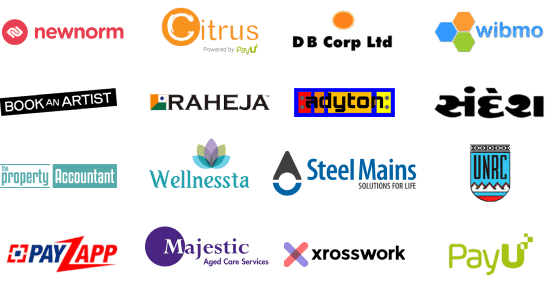What is Proximity Marketing Using Beacons?
Proximity marketing uses beacons—small Bluetooth devices—to send targeted messages to users with beacon-enabled apps when nearby.
Perks of Proximity Marketing Using Beacons
- Expand Customer Experience: Deliver location-based personalized content.
- Increased Engagement: Send timely, relevant offers.
- Improved Customer Loyalty: Foster connections with rewards and personalized messages.
- Enriched In-Store Experience: Guide customers, highlight offers, and streamline checkout.
- Valuable Insights and Analytics: Track behavior, foot traffic, and promotion response.
- Cost-Effective Marketing: Reduce costs through precise targeting.
The Drawbacks of Not Using Beacons
- Missed Engagement: No real-time interaction.
- Generic Marketing: Lacks personalization.
- Limited Insights: Less behavioral data.
- Lower Loyalty: Missed expectations.
- Inefficient Experience: Less guidance in-store.
- Higher Costs: Traditional ads are less efficient.
Best Practices for Implementing Beacons
- Set Objectives: Define goals (e.g., sales, loyalty).
- Segment Audience: Tailor messages using data.
- Integrate Systems: Sync with CRM, POS, etc.
- Provide Value: Offer useful, engaging content.
- Monitor & Optimize: Use analytics to improve.
Conclusion
Beacon marketing boosts engagement, loyalty, and insights. Avoiding it risks lost opportunities and higher costs. Adopting beacon tech is vital for competitive success.




